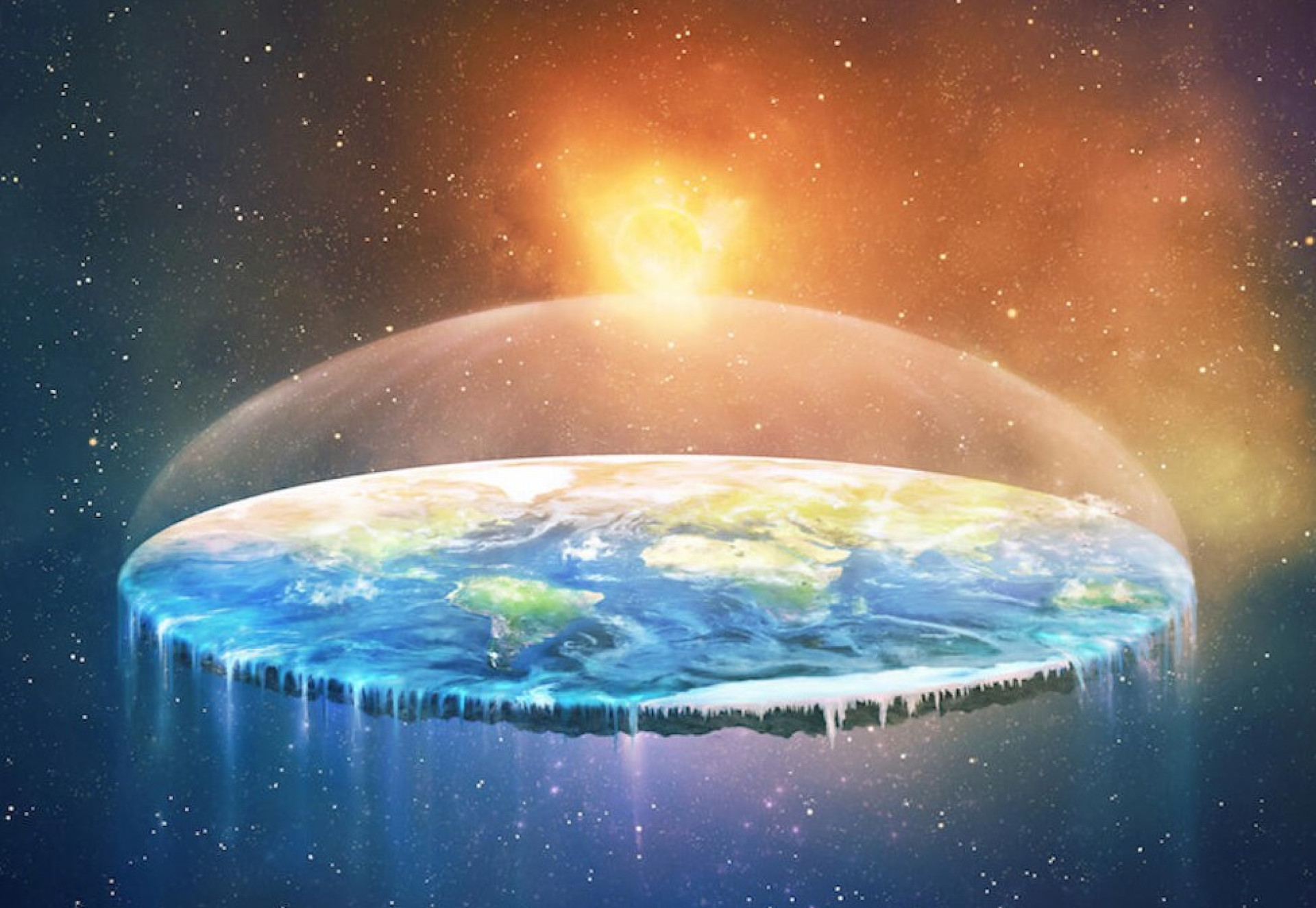Could You Reach the World’s Edge If It Was Flat?

It is one of many childhood myths we believed in that the ancient civilizations all thought the world was flat. Some truly did, but the Earth’s spherical shape was figured out by astronomers, geometers, and navigators from Ancient Greece and India. I mean… it’s not that hard to figure out. You can just go to the nearest shore and watch a ship’s hull disappear into the water before the flags. Unless you believe every ship that sets sail sinks in a couple of minutes, which would mean you have a way more urgent problem to attend to than figuring out the shape of our world. So we more or less knew what the Earth was shaped like long before Ferdinand Magellan circumnavigated the world.
They didn’t figure out everything though. While we knew it was round and mostly blue, we didn’t know how our planet looked from space before astronauts took a picture of it during the Apollo 15 mission to land on the Moon in 1971. In his 1968 sci-fi classic, Stanley Kubrick had to guess what the Earth looked like from afar for the movie and we would say he got pretty close.
We have this much information at hand and we have for a long time… then why do some people still think the earth is flat? Because ugh… “eccentric?” people need a way to express themselves I guess. But for this video and this video only, we are going to assume they were right.
But even that’s not an easy task because Flat Earthers are not a monolithic group. There are conflicting opinions on what the flat earth looks like. Some believe that Gleason’s Map is how the world is shaped with ice walls surrounding it. Some believe in a square and stationary earth. As you get deeper into the rabbit hole, the theories get more… interesting let’s say. For the sake of argument, we will assume Gleason’s Map is how the world is shaped.
In a flat world, gravity would work differently. People in the center wouldn’t feel this as much, but as you move towards the edges, a force would pull you towards the center, and walking towards the edge would start feeling like climbing a steep hill. But once you got up that hill, you would be the first person to explore under the earth and whatever Flat Earths believe is down there.
A flat Earth would also mean all the water in the world would start moving towards the center and our planet’s edges would become considerably drier. The satellites would stop orbiting the Earth because as we have said, gravity would work differently. That means no more GPS, or accurate weather forecasts, not that it was that accurate to begin with.
You better enjoy the sunlight while you can, because in a flat earth, the magnetic field surrounding our planet would disappear. Without our molten iron core, we wouldn’t have our magnetic shield protecting us from the deadly sunrays. We also would have to say goodbye to the beautiful northern lights.
We honestly don’t know why people believe in a flat earth. Most of the time it is virtually impossible if they are being serious or not, so Poe’s Law still stands in this situation. What would the powers that be even gain by making us believe that the earth is flat is also a point of contention. But our planet is fine the way it is and let’s hope it stays the way it is. Because I hate losing internet arguments to strangers online.
This article has been archived for your research. The original version from Interesting Engineering can be found here.


